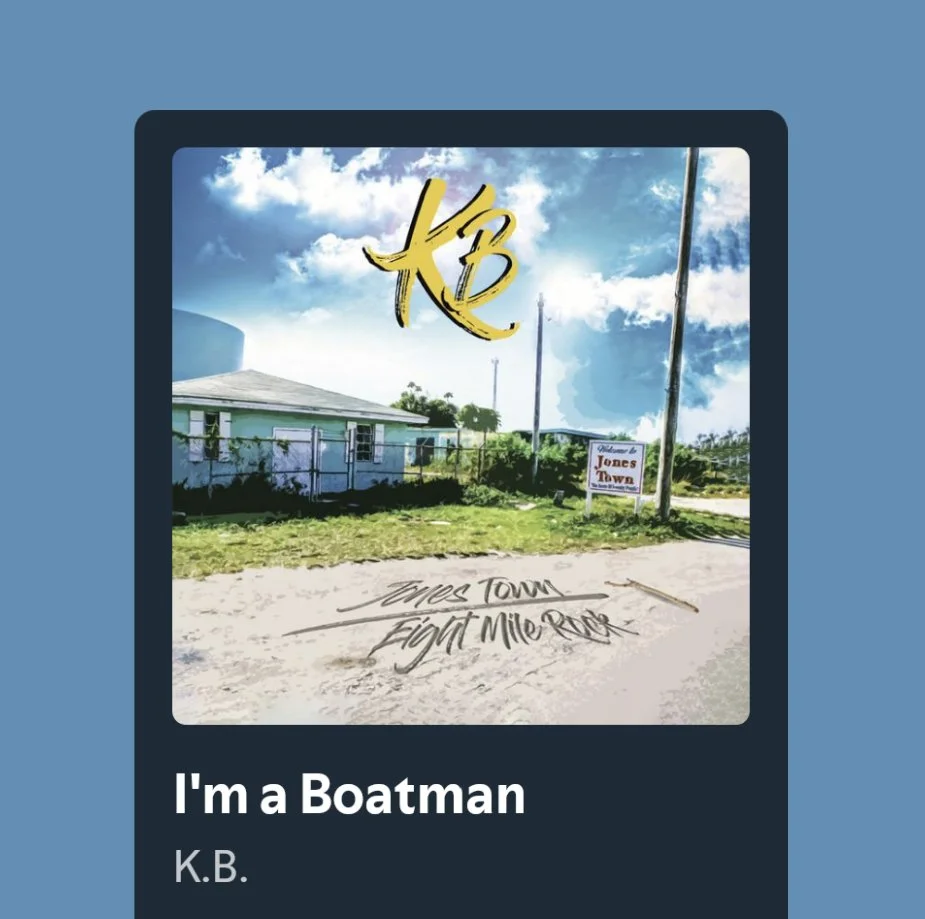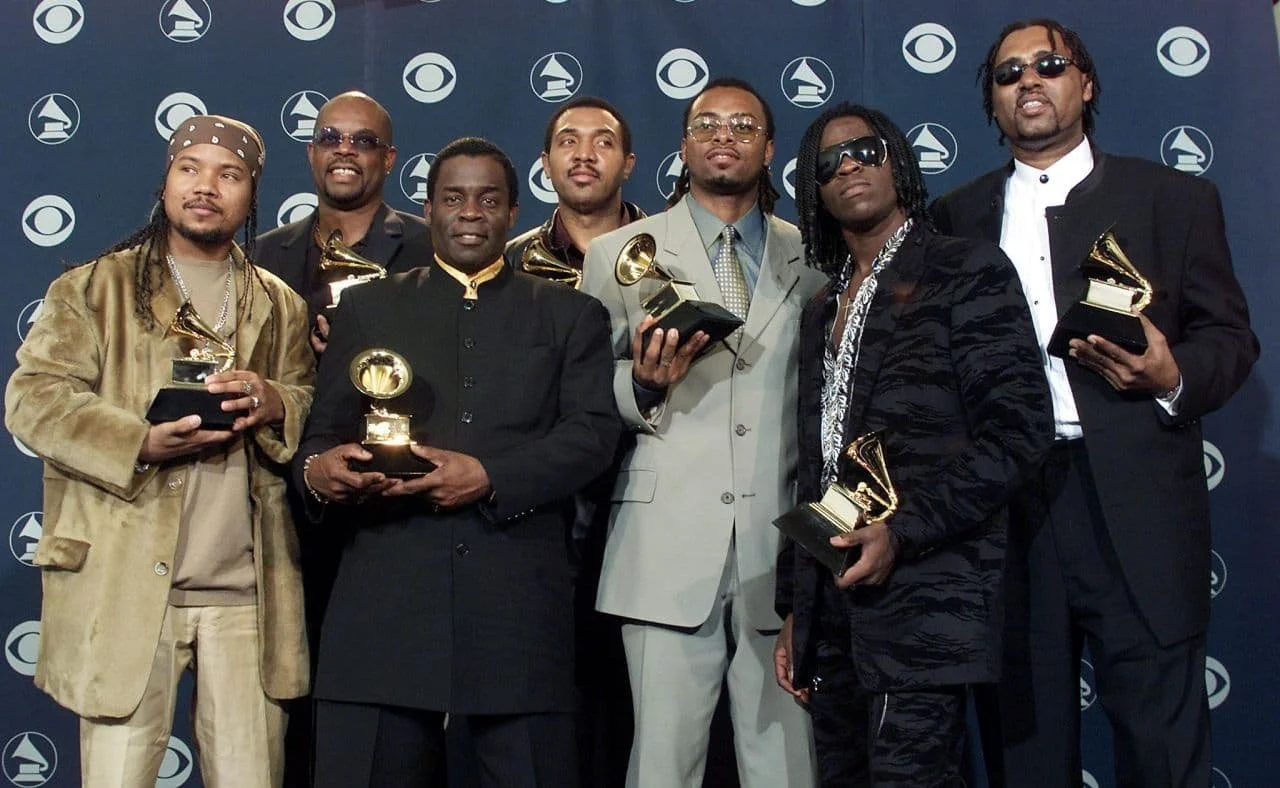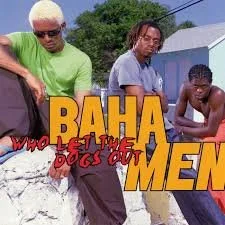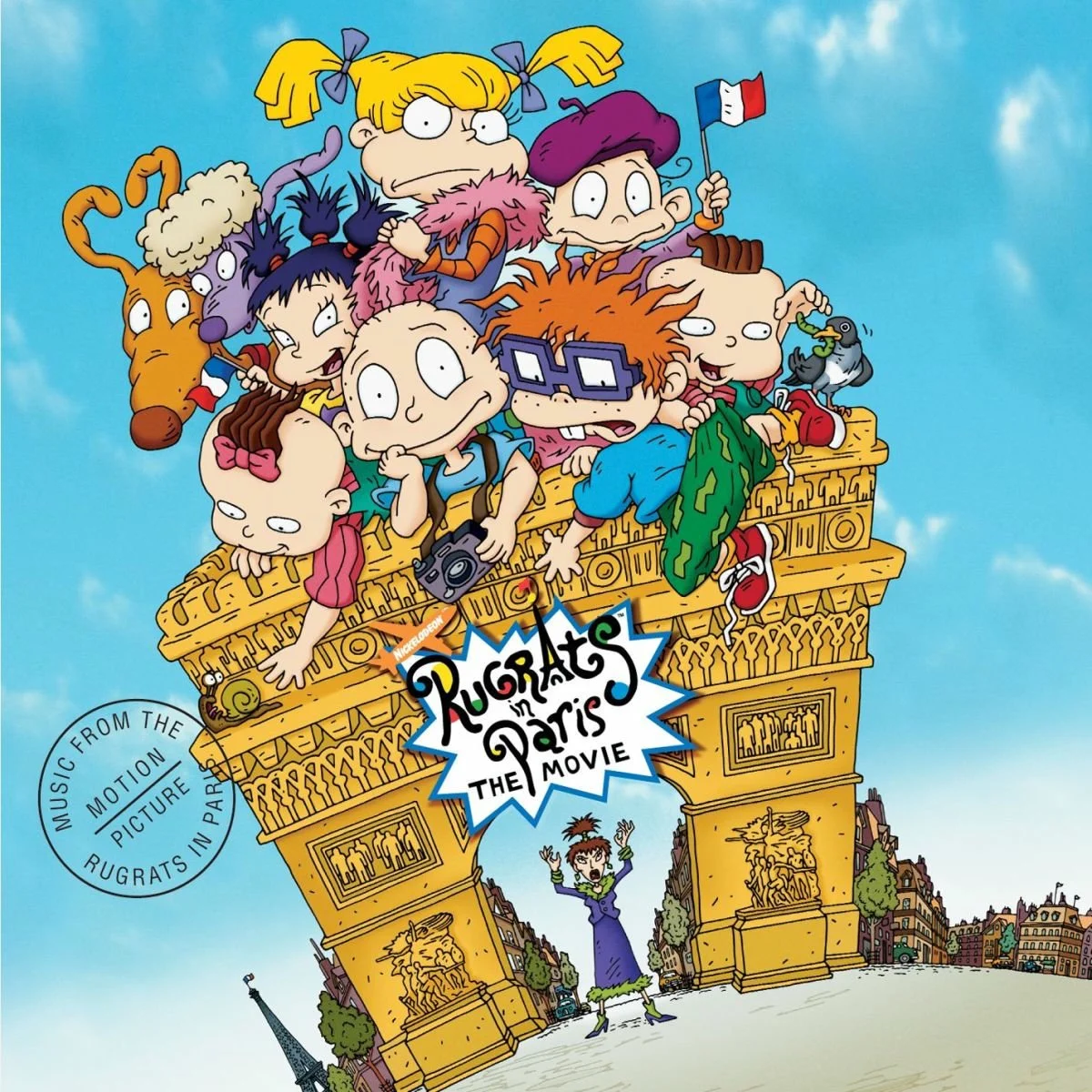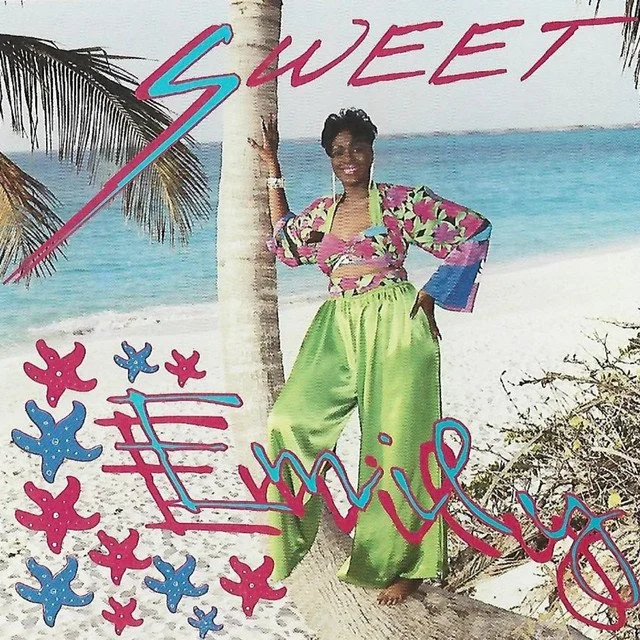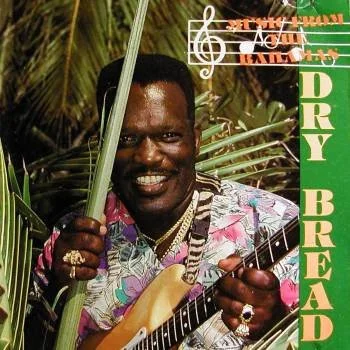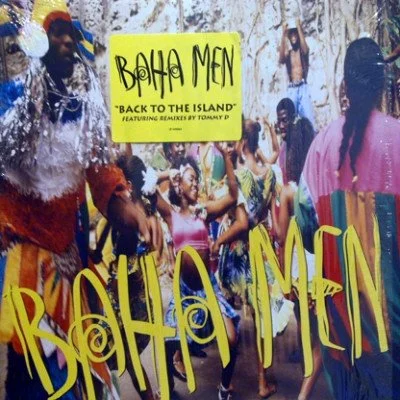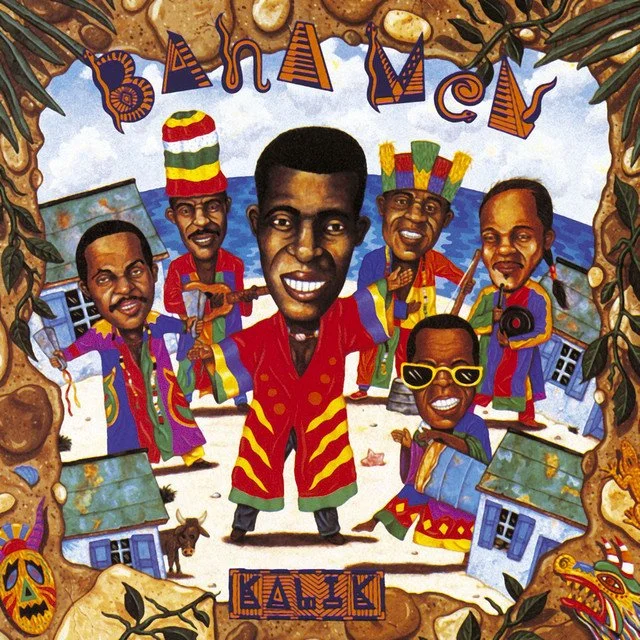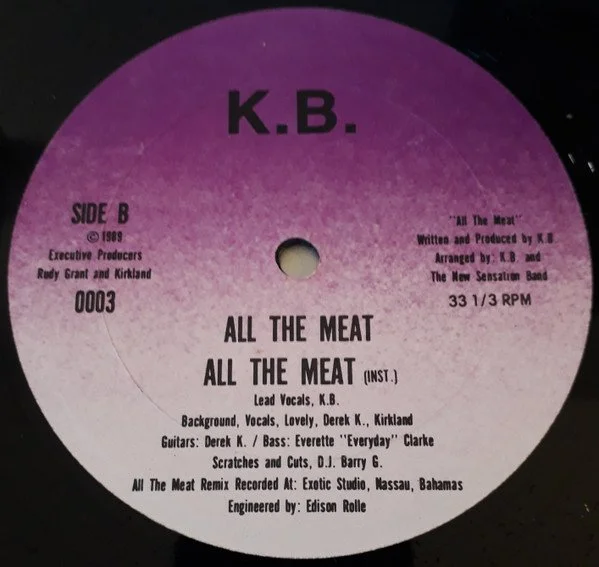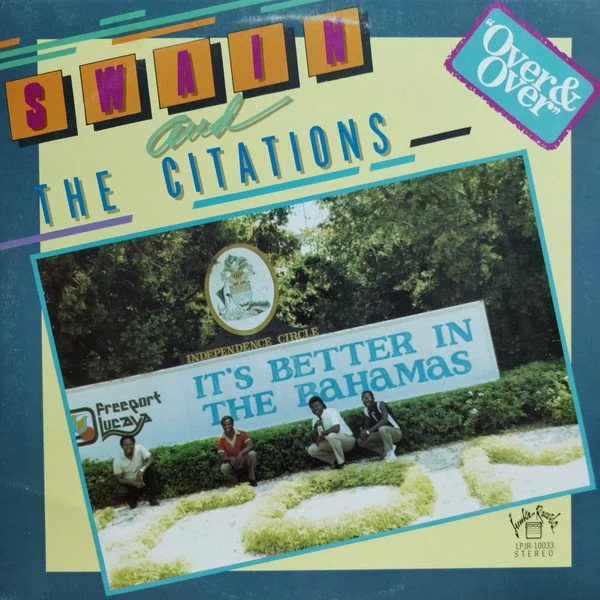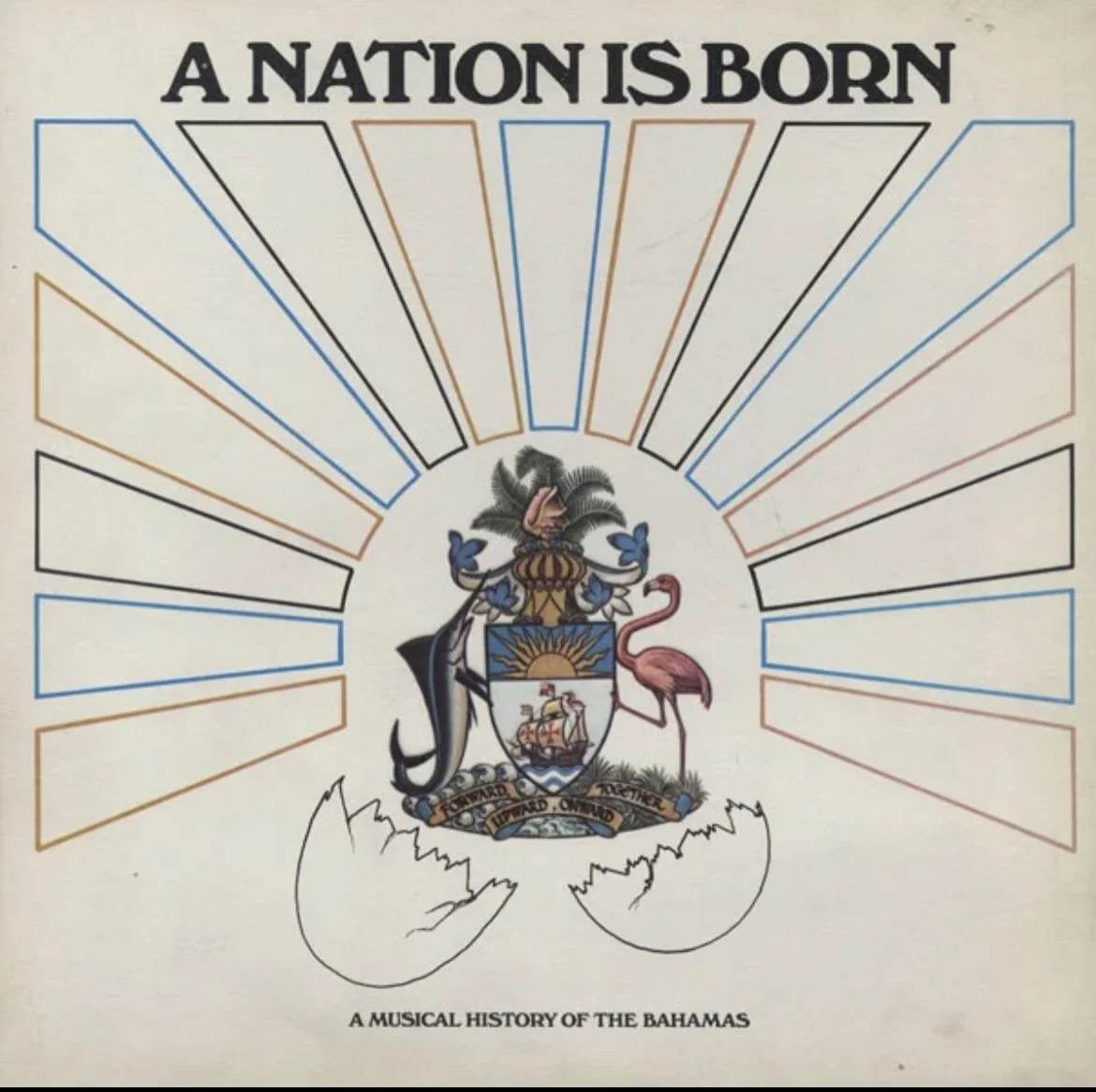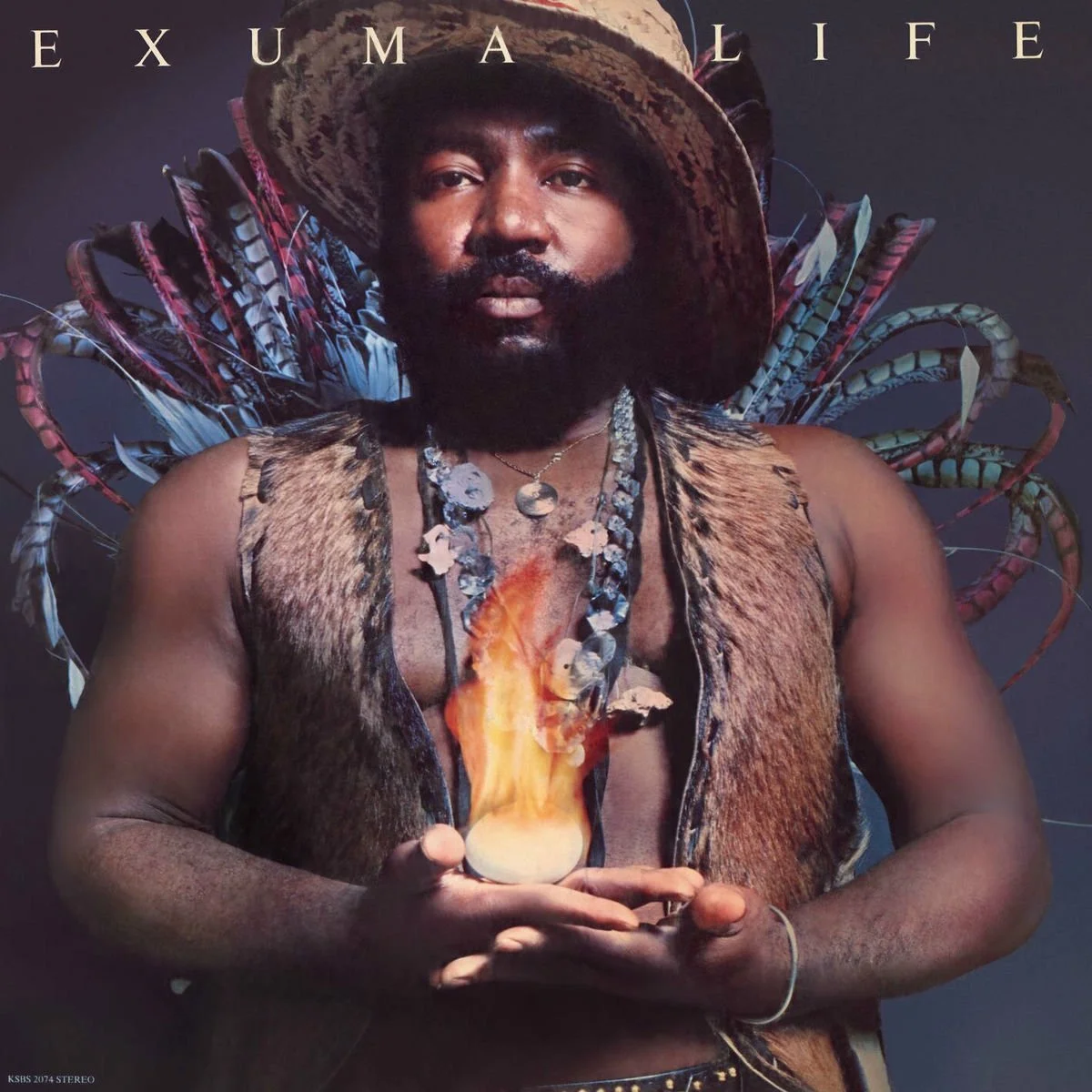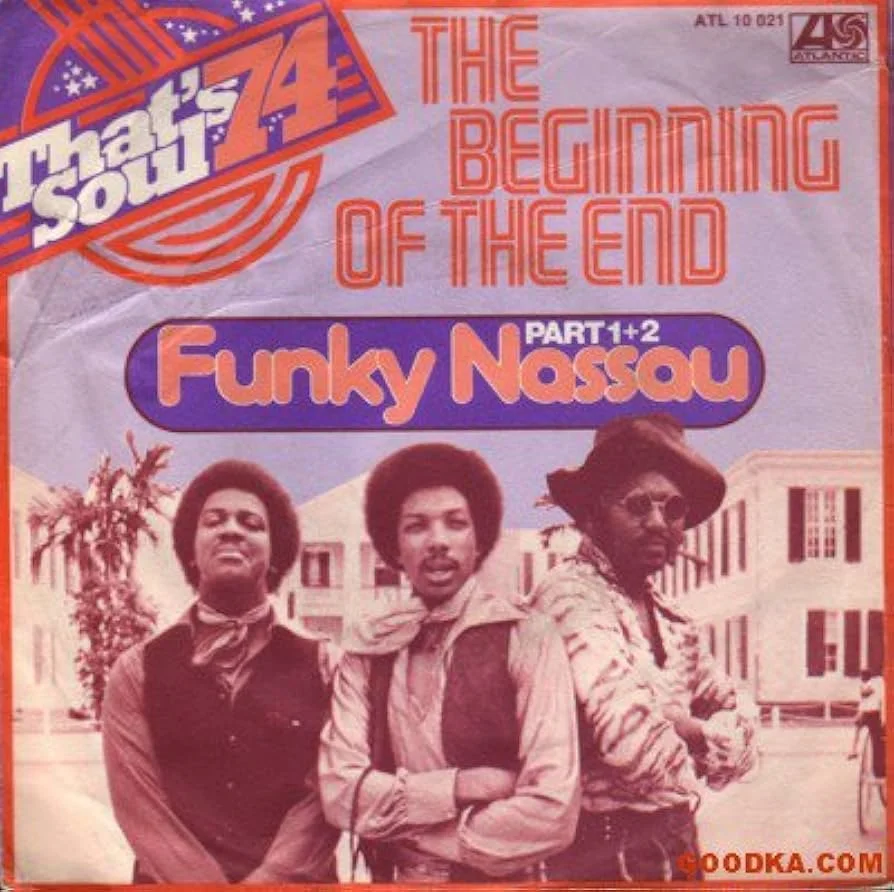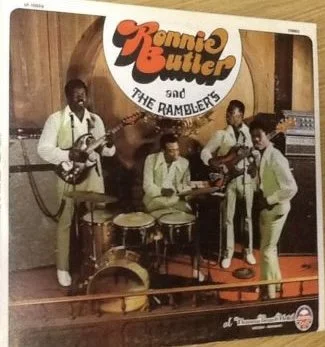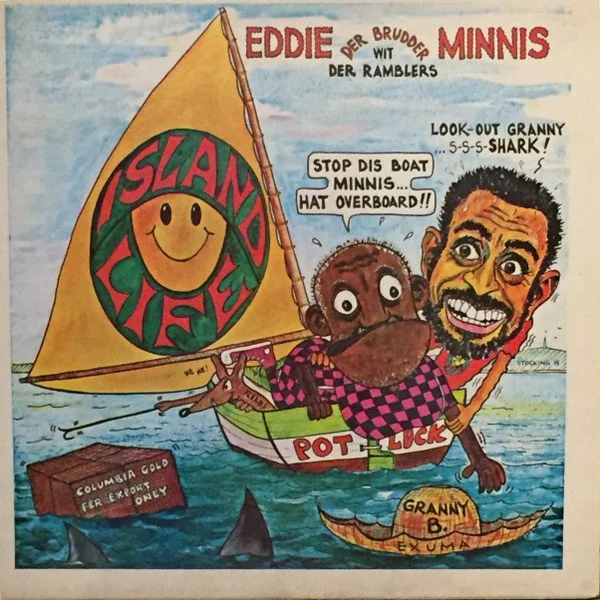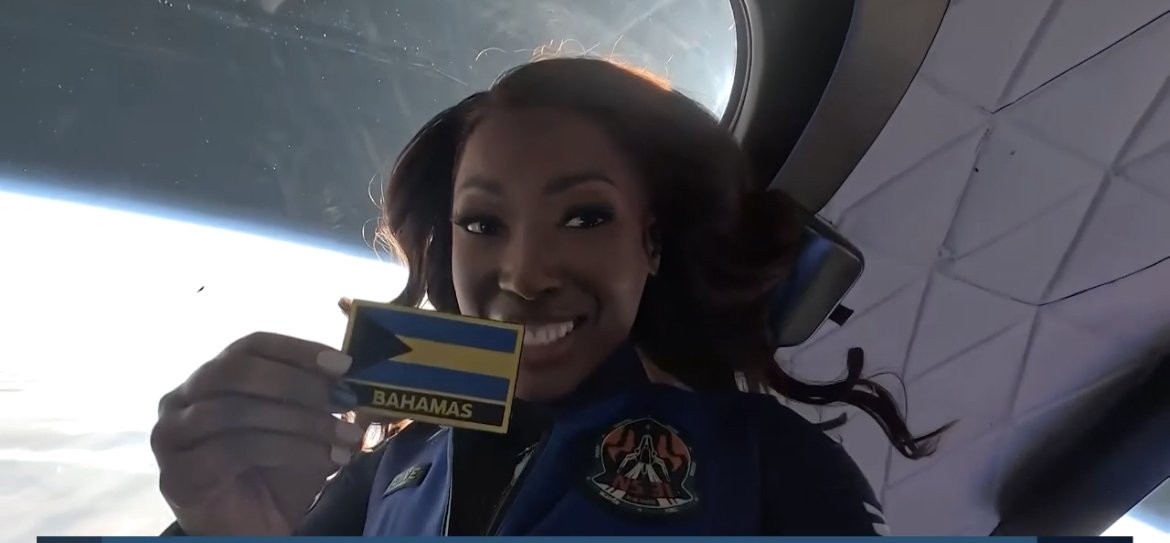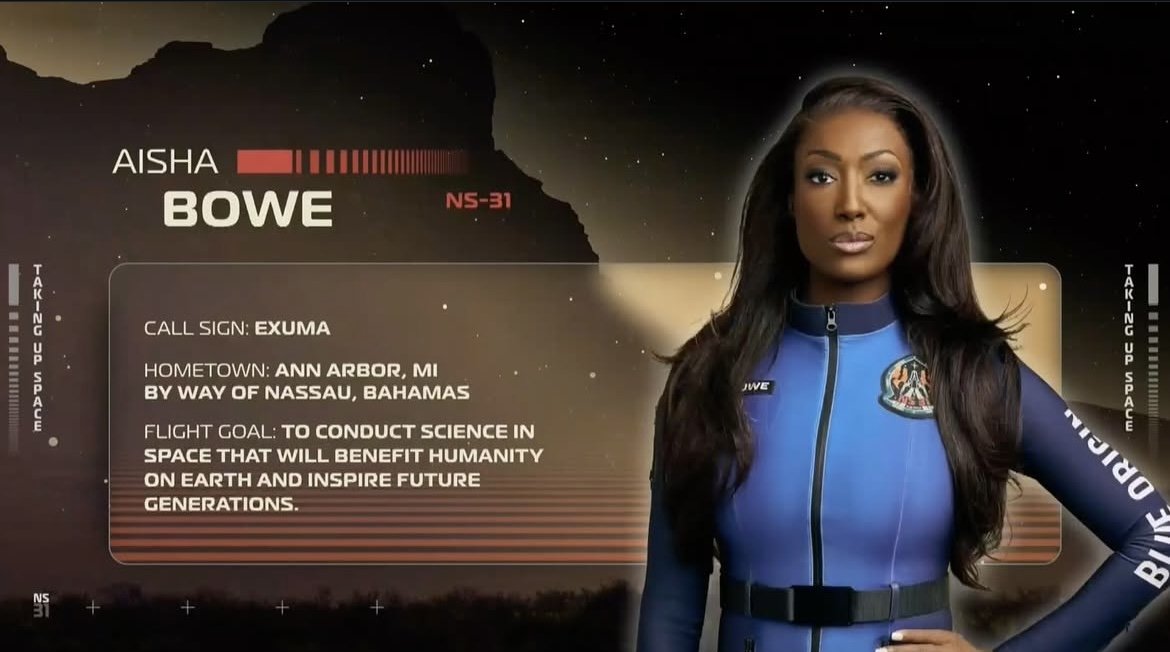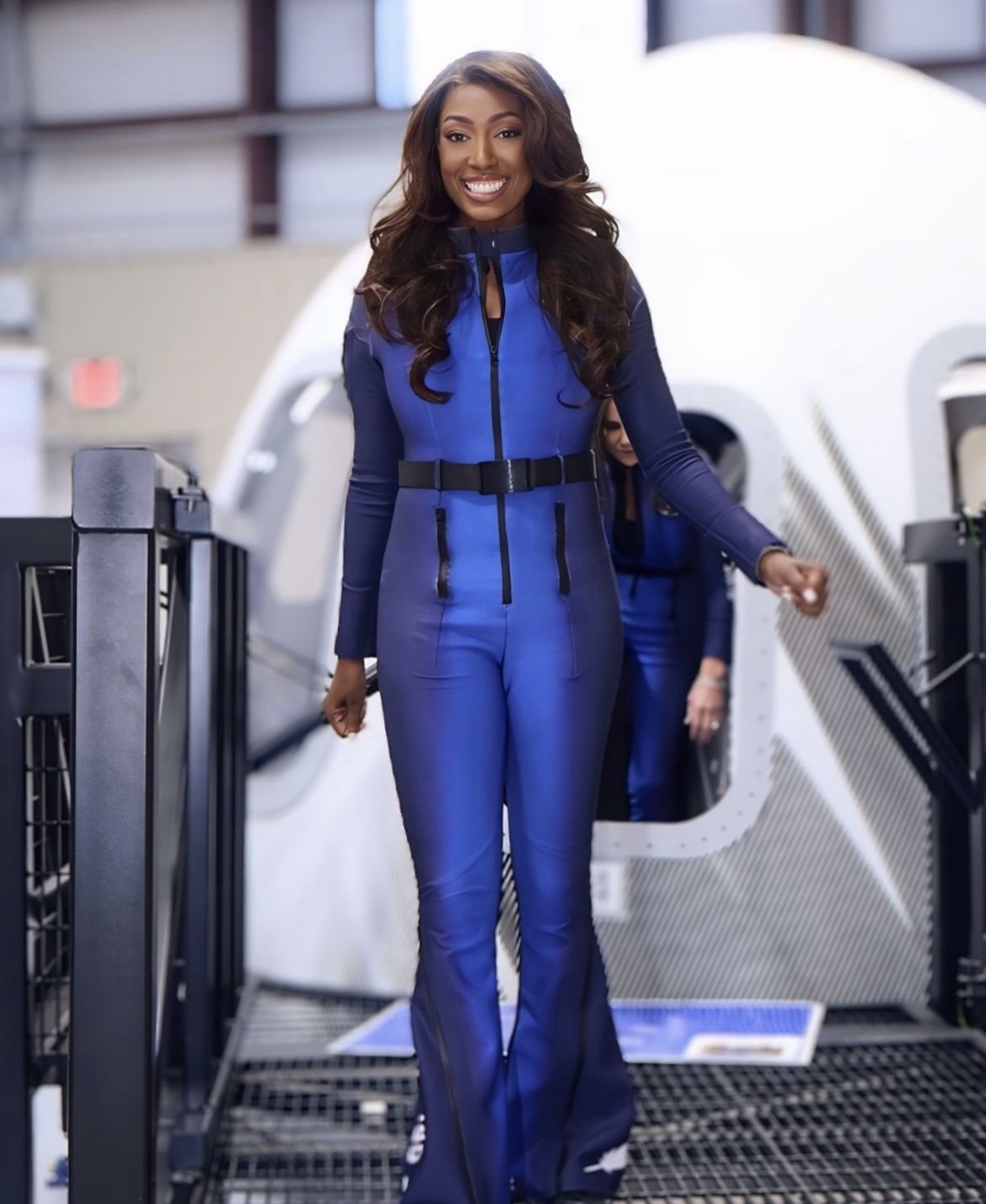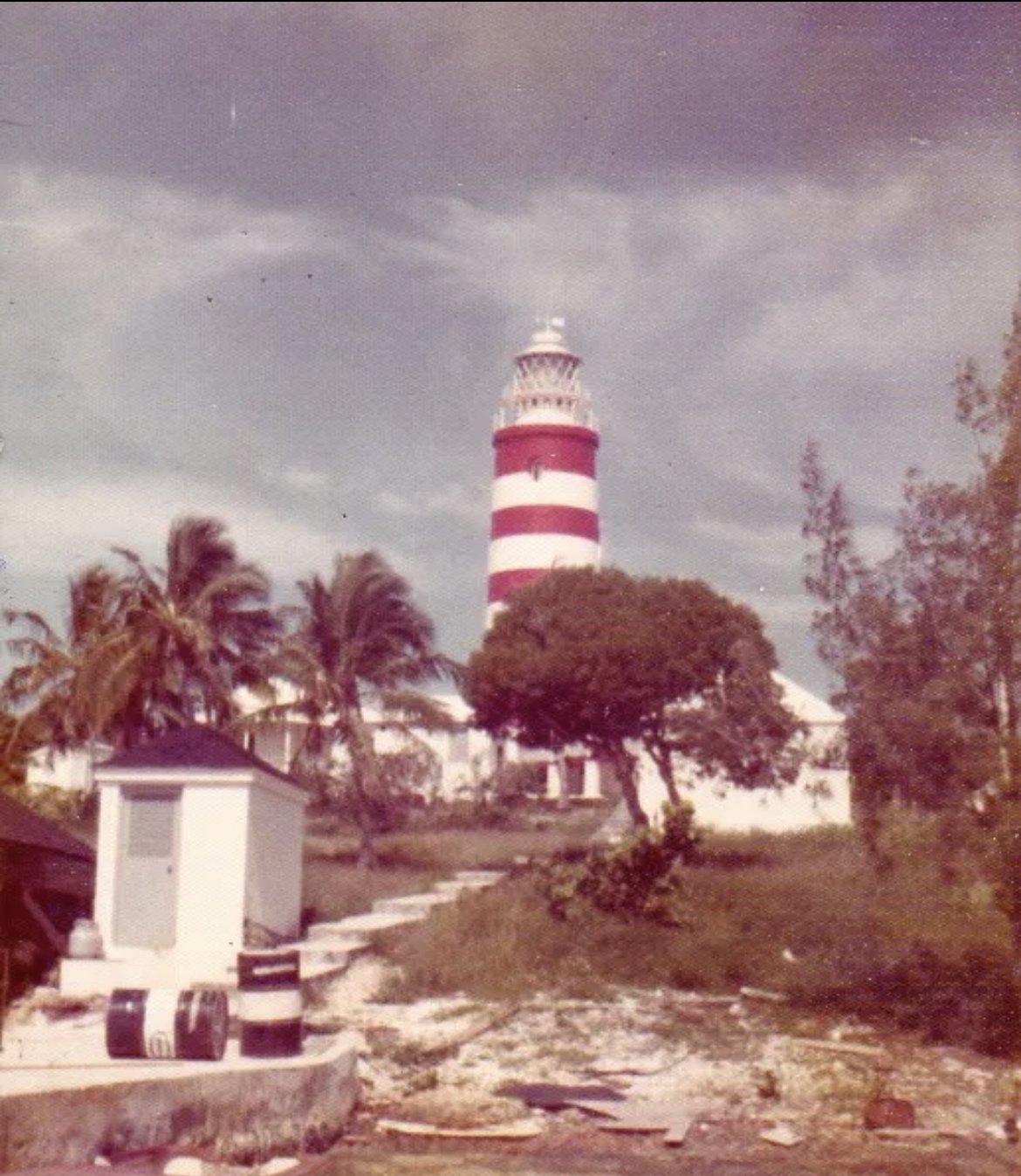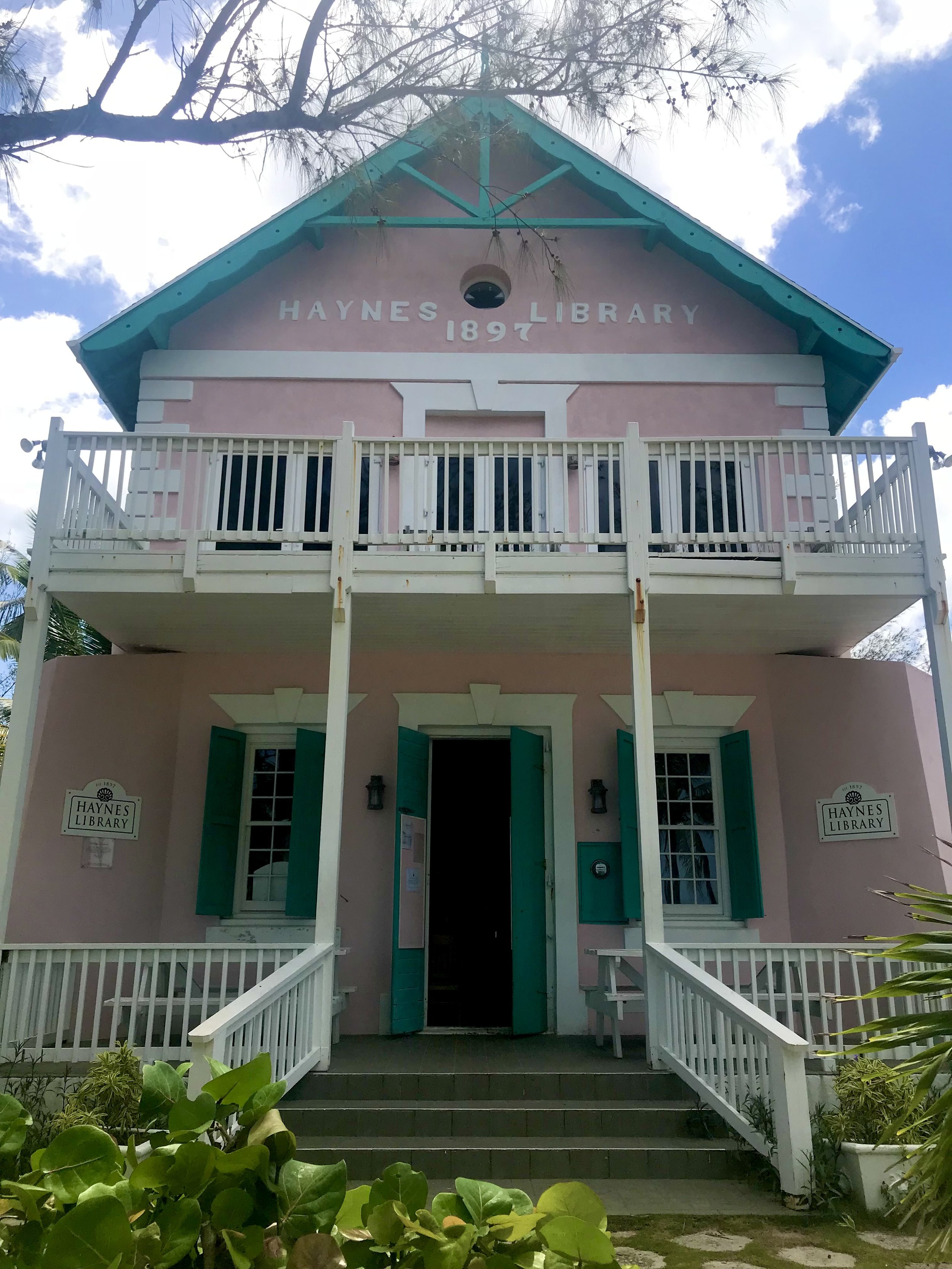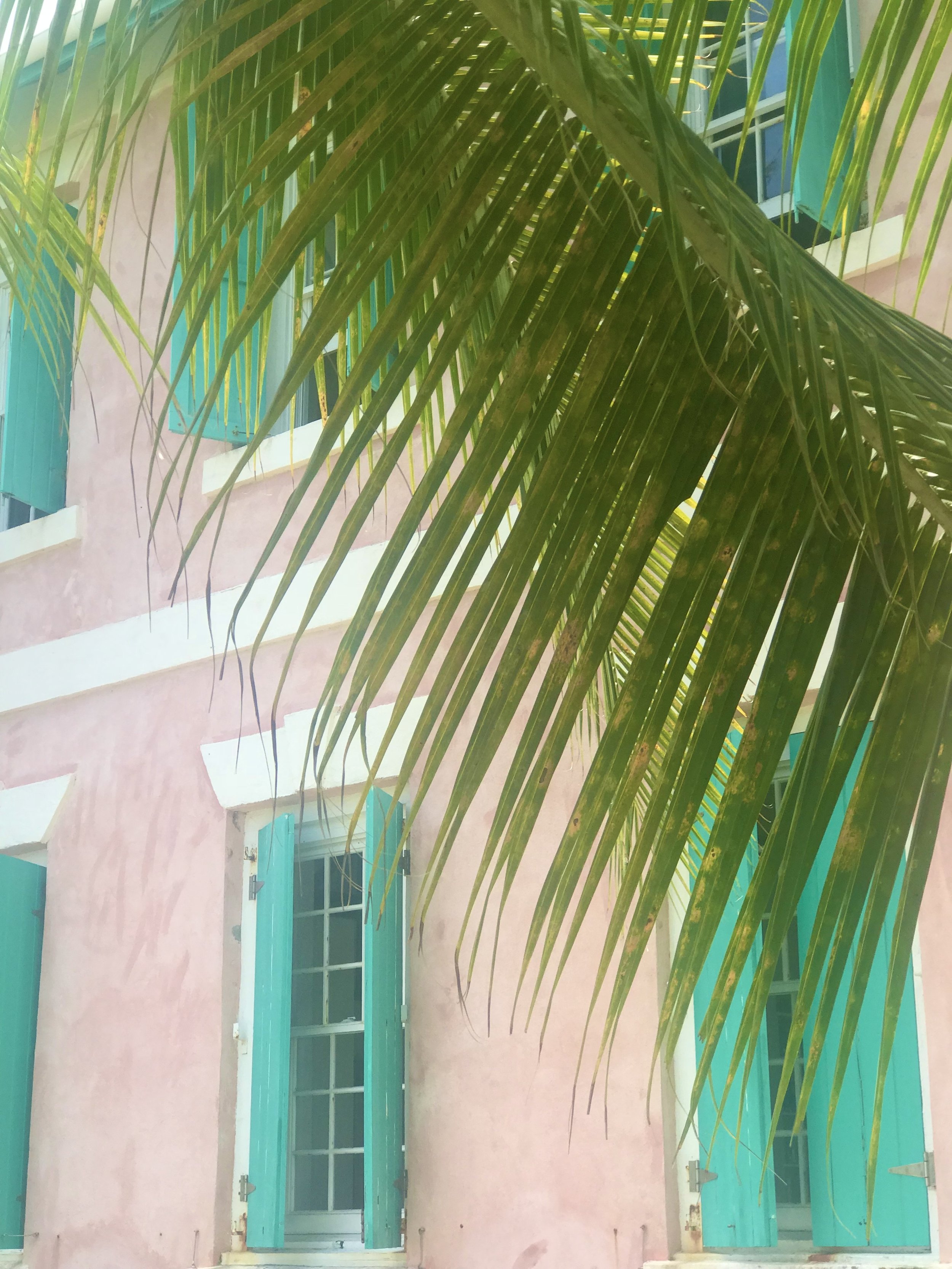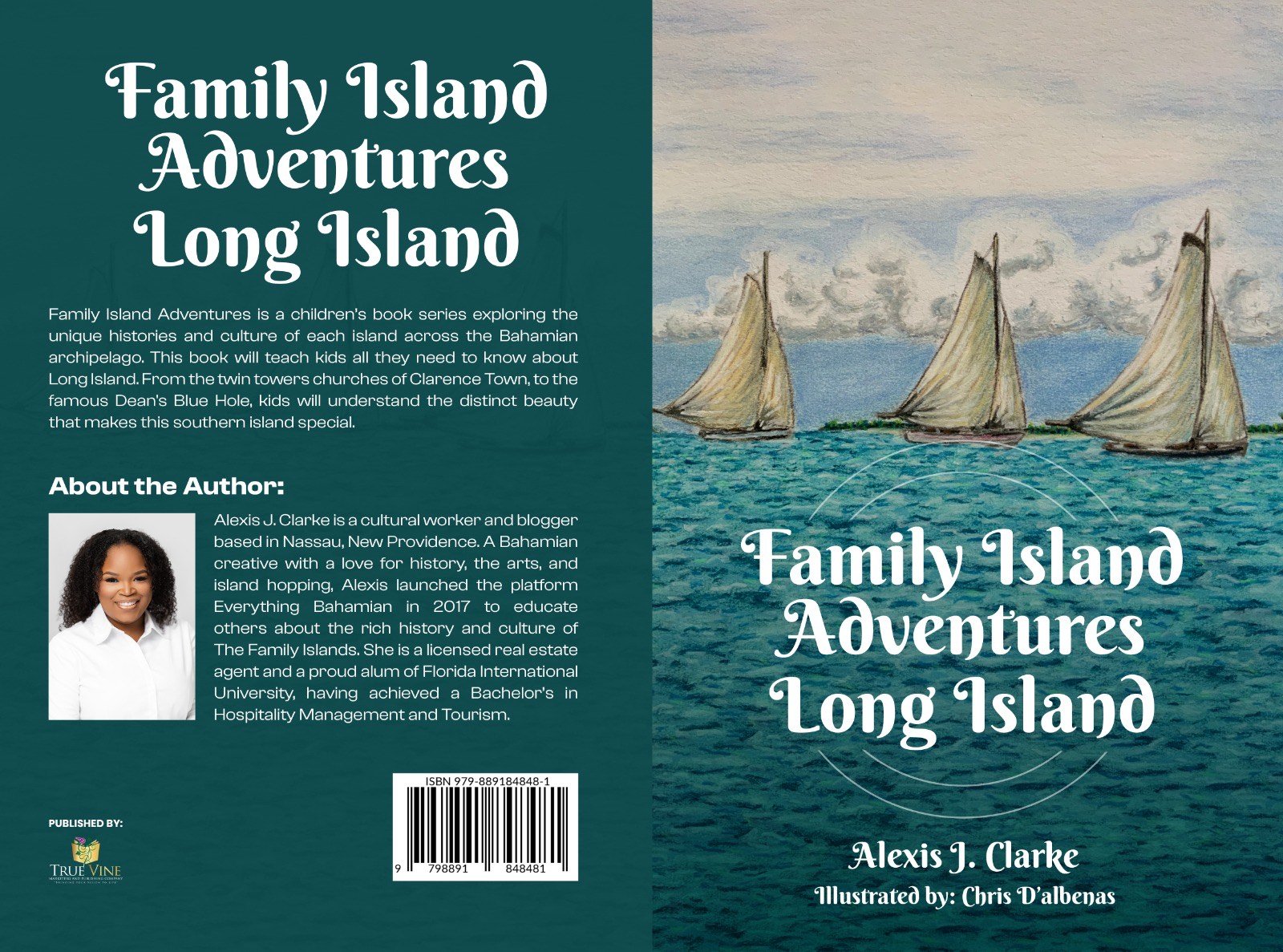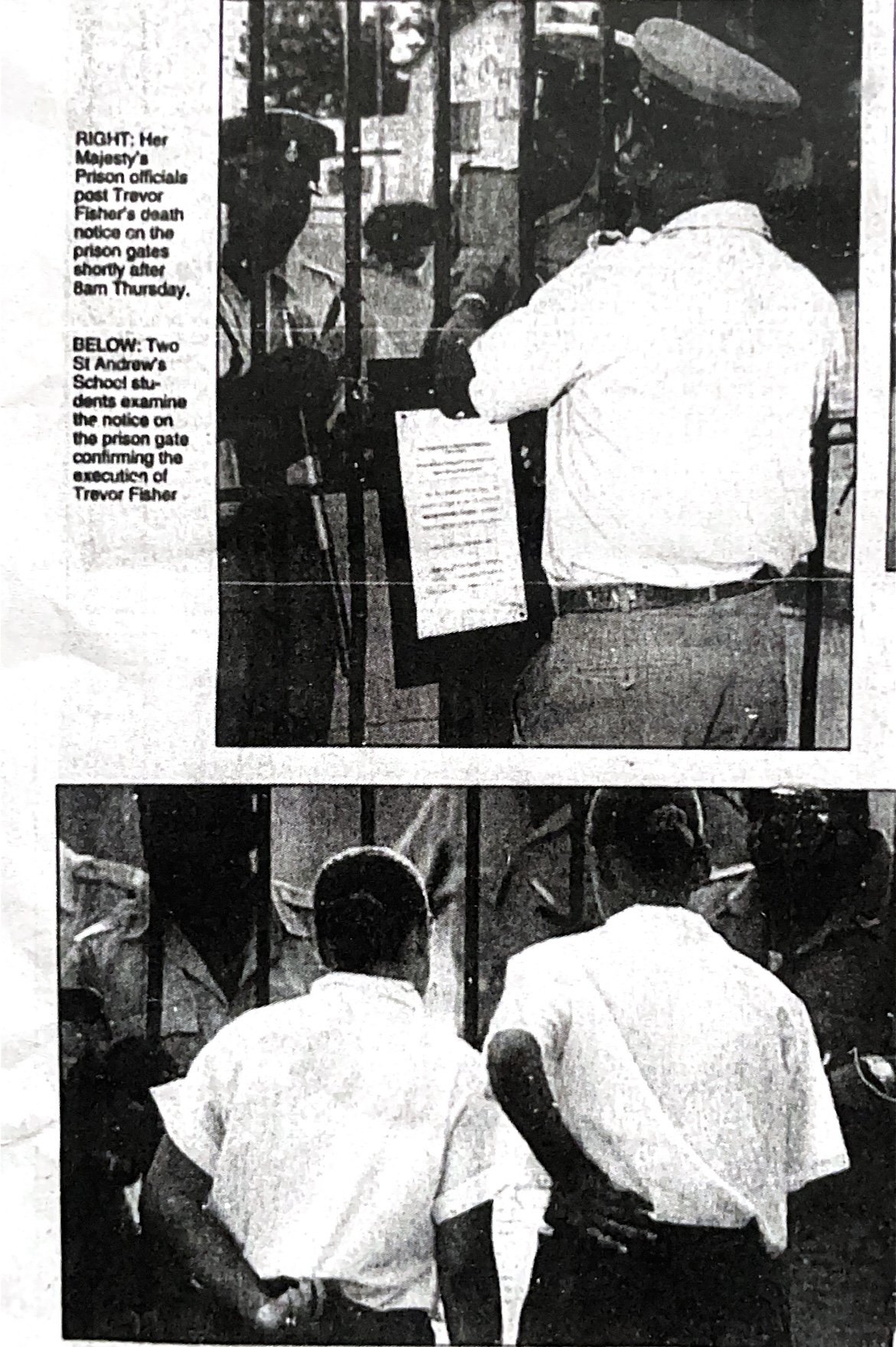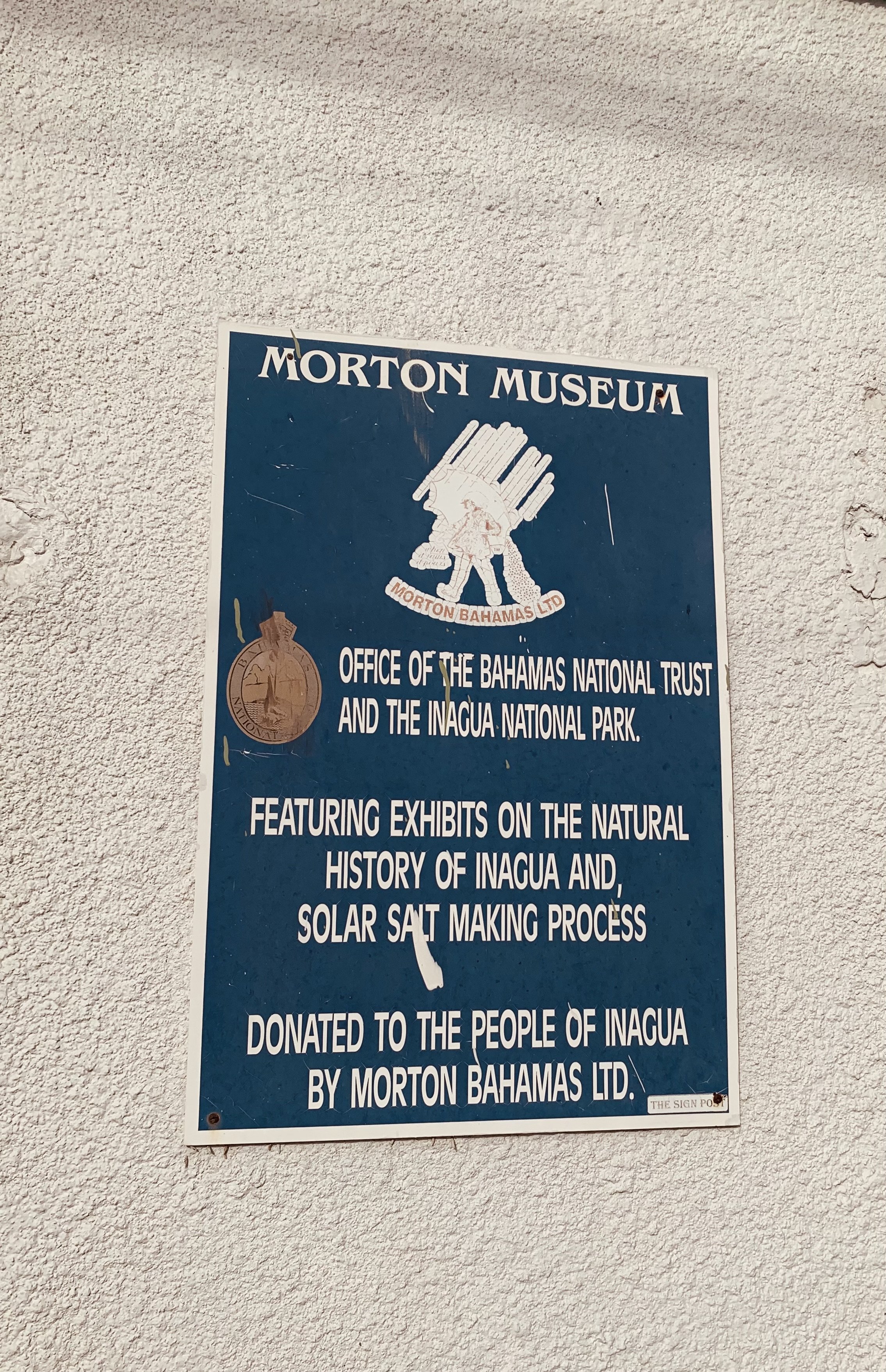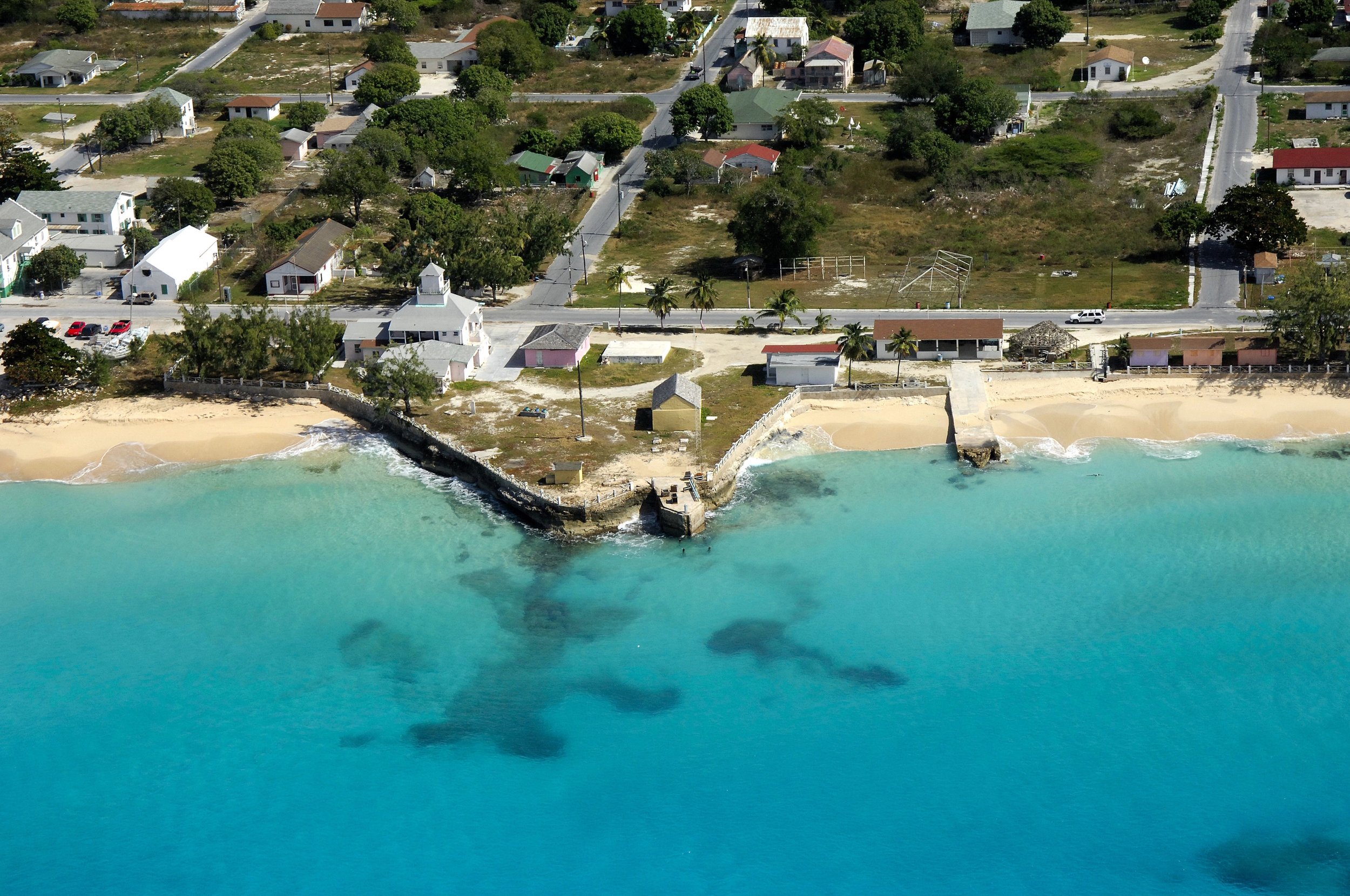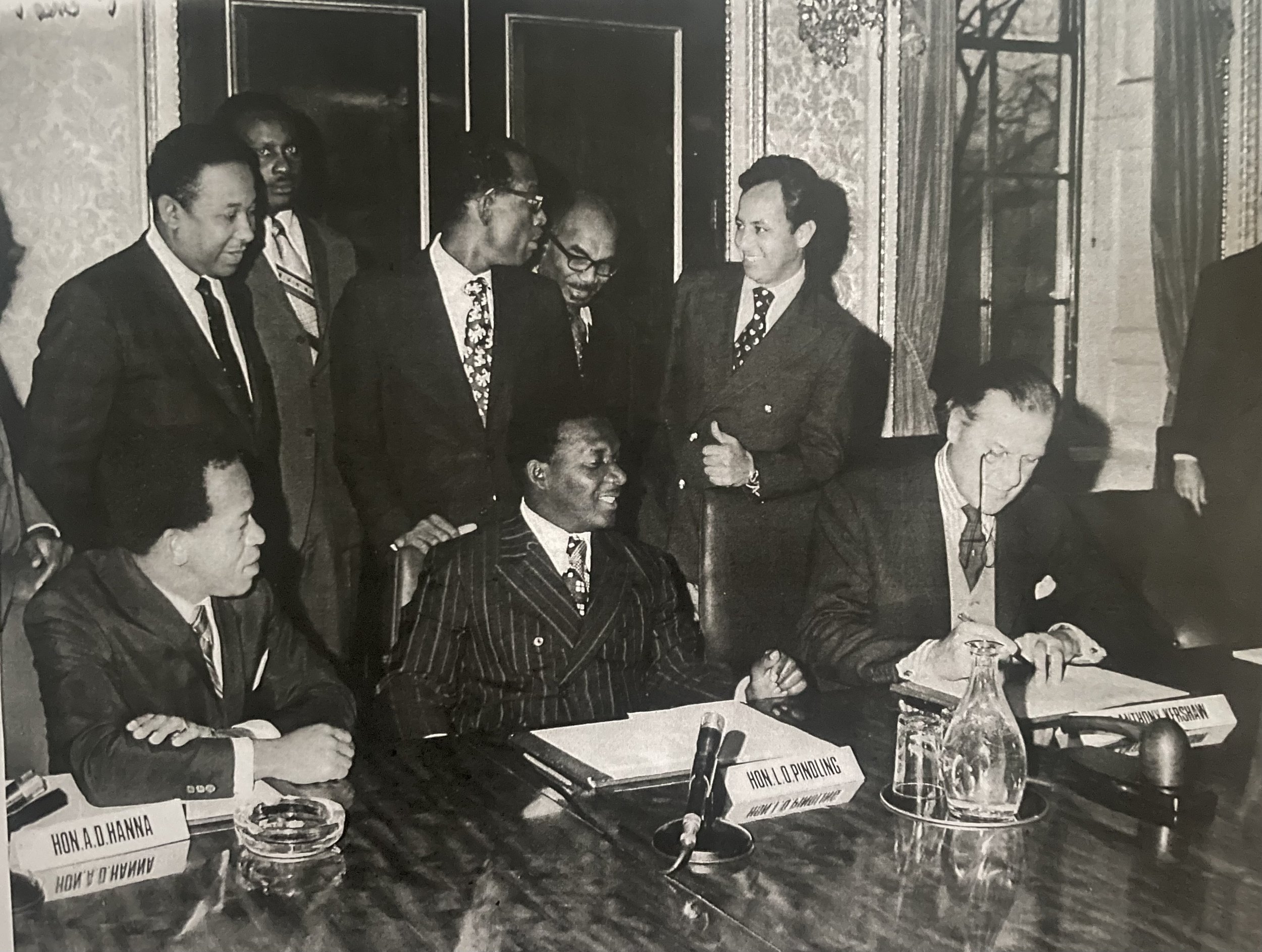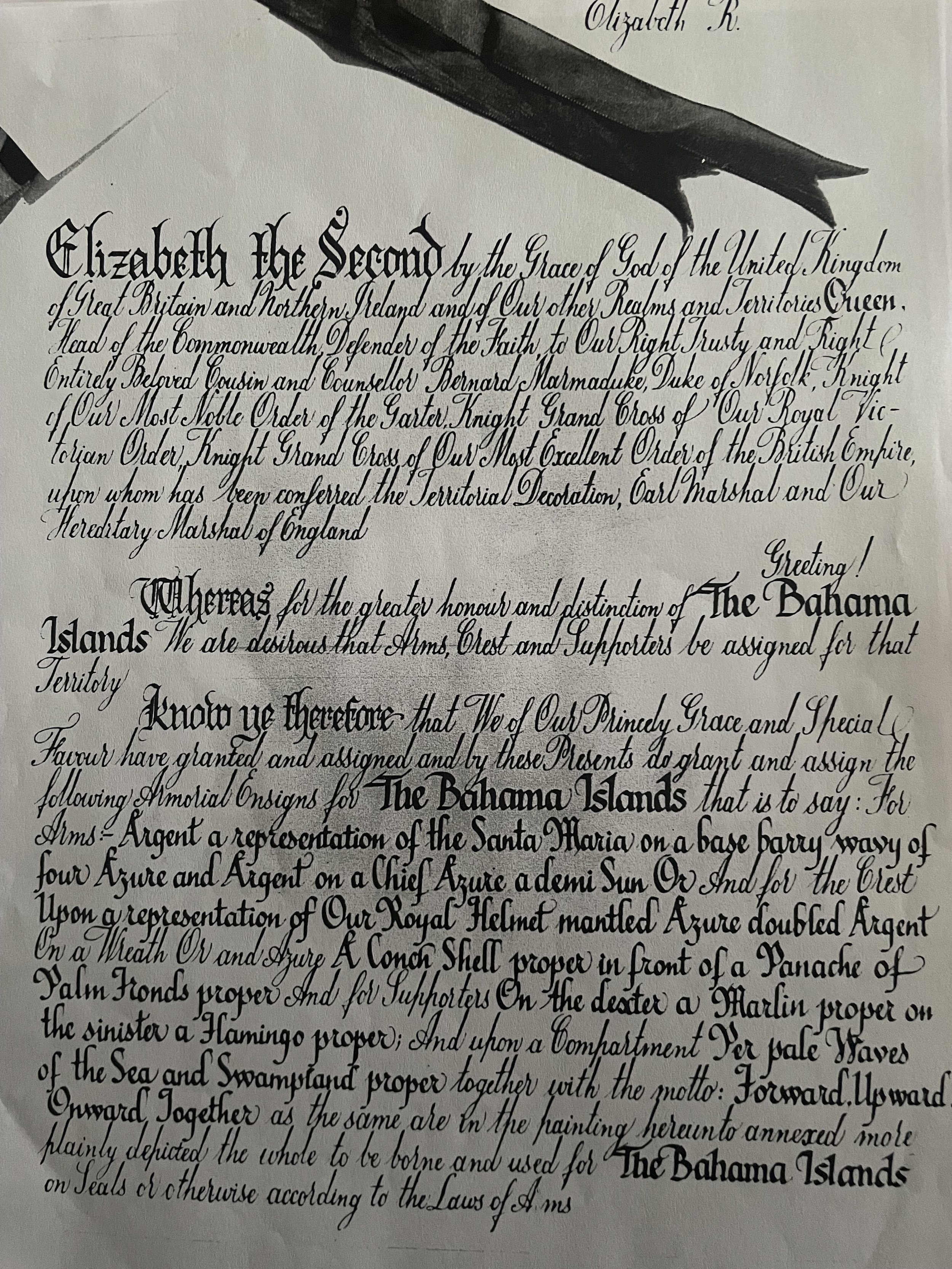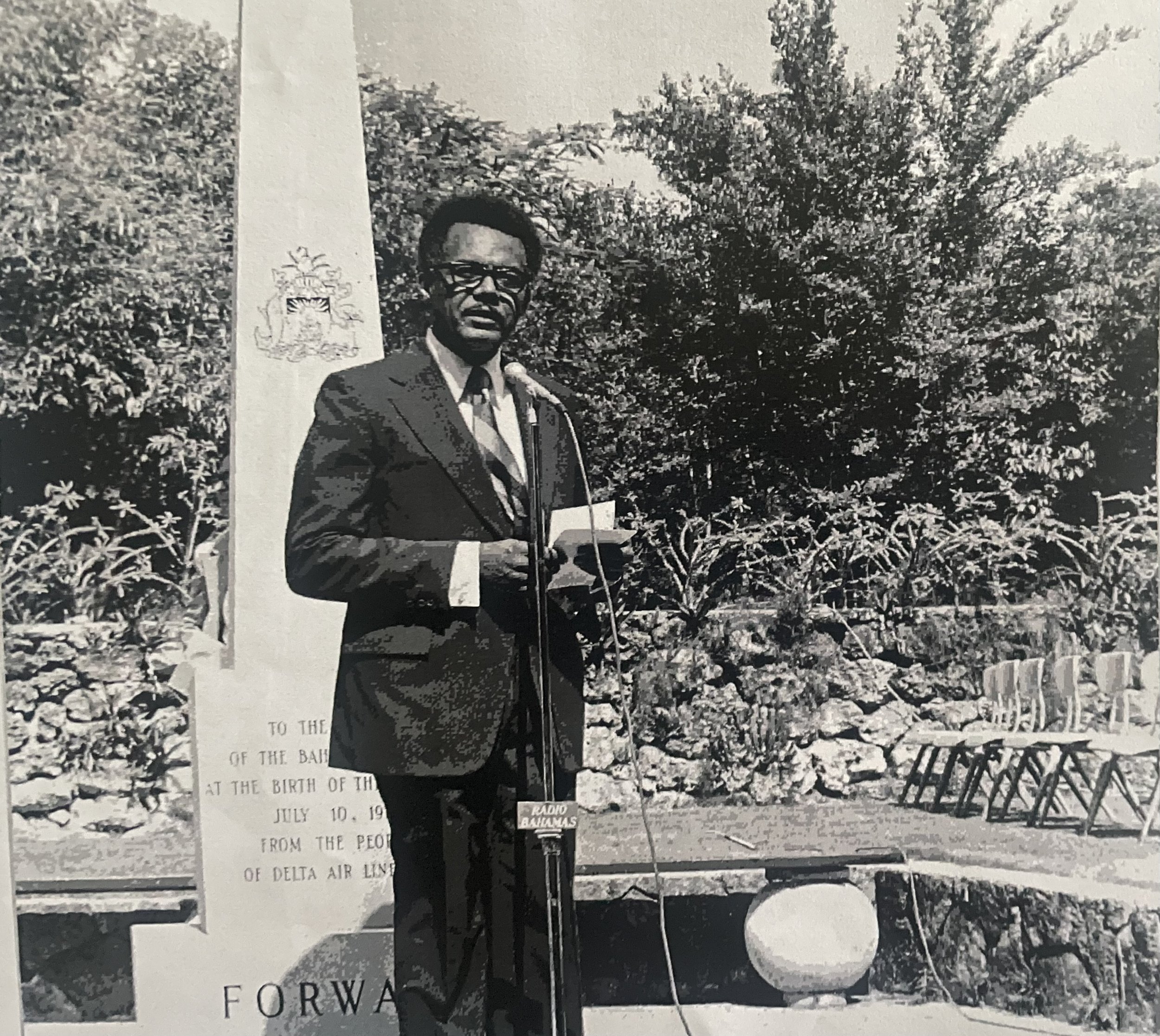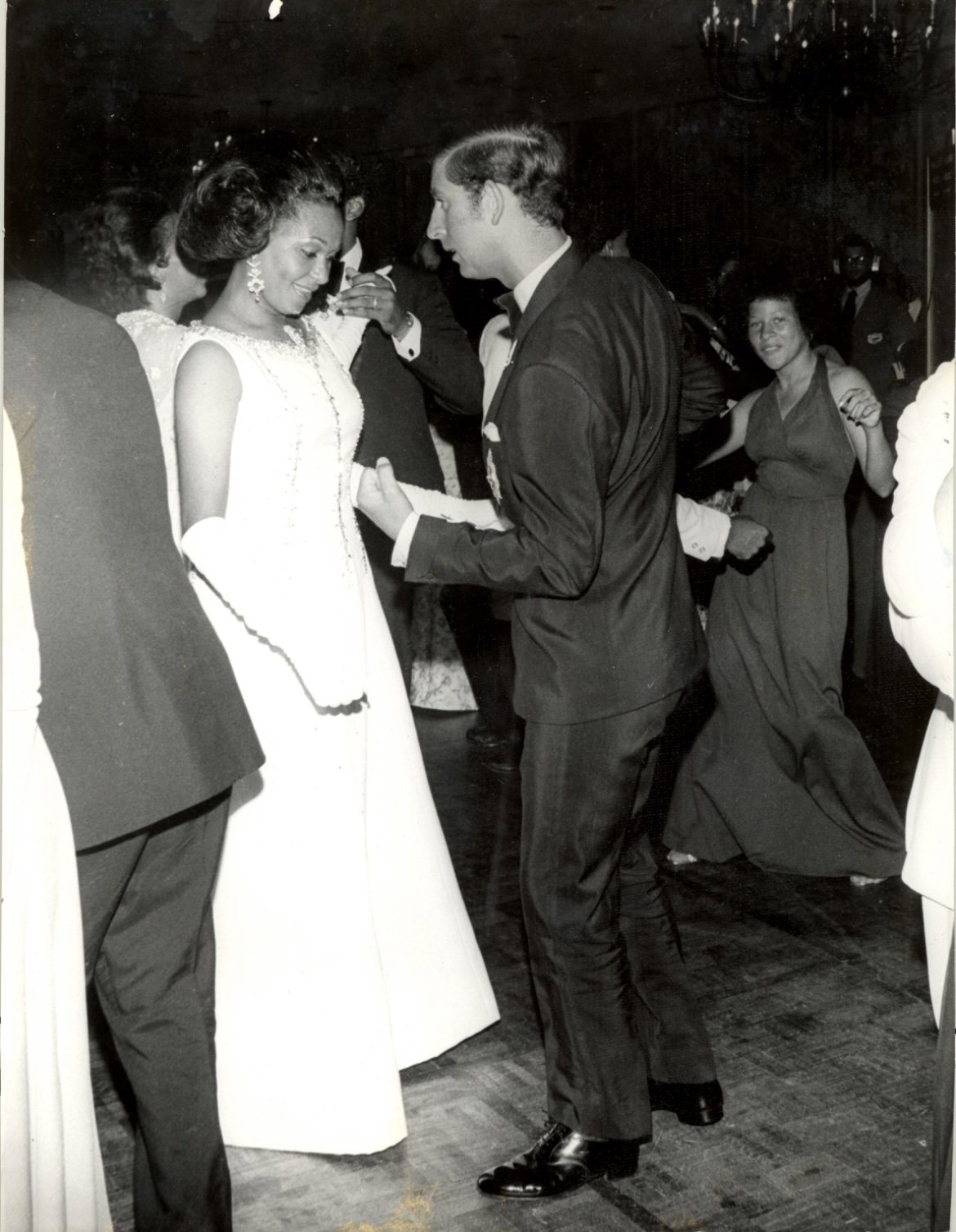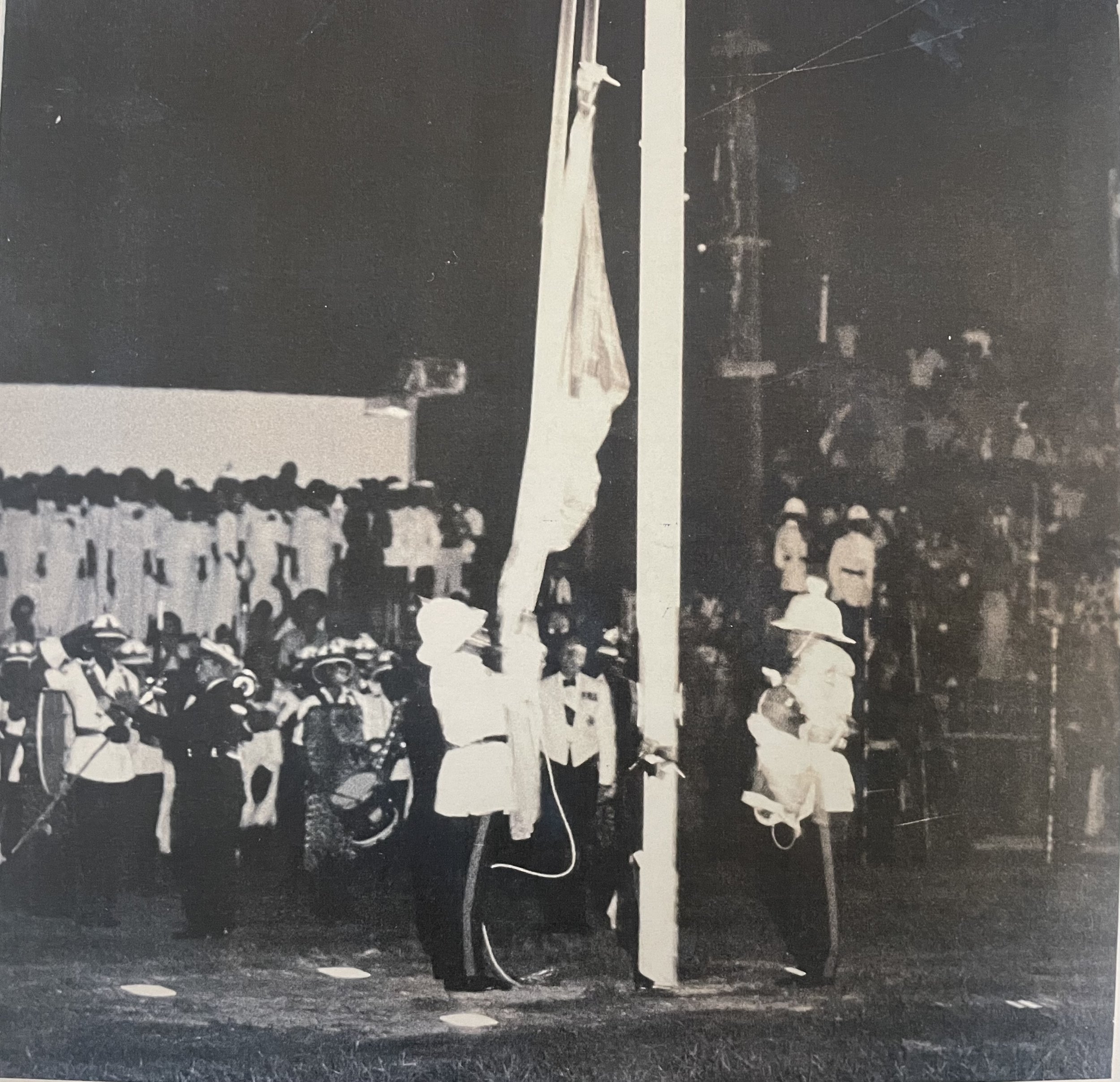Here’s the answer key.
1. Which Island has the highest point above sea level? Cat Island
2. On which Island is the Shrimp hole located -Long Island
3. Which Islands in The Bahamas are geographically the closest? Acklins and Crooked Island
4. What is the meaning of Eleuthera in Greek? Freedom
5. Where is the famous Candy-striped lighthouse located? Abaco
6. Which Island in The Bahamas has the biggest underwater cave system? Grand Bahama
7. Inagua has the highest number of bird species, which Island is second? Grand Bahama
8.BirthPlace of Rake and Scrape? Cat Island
9. How many National Parks are in The Bahamas? 14
10. What is the largest national park in The Bahamas? The Inagua National park
11. Where is Preacher's cave located? Eleuthera
12. Yahaka is the original name of which island? Acklins
13. Where was the first regatta held in The Bahamas? Elizabeth Harbour Exuma
14. What is the name of the only settlement on the west coast of Andros? Red Bays Village
15. Abrahams Bay is the main settlement of _____. Mayaguana
16. Chub Cay is the southernmost cay in which chain of islands? The Berry Islands
17. The Dolphin House Museum is located on which Island? Bimini
18. ______ is home to the Gerace Research Center which focuses on archaeology, biology, geology, and marine science. San Salvador
19. Crown Haven is a settlement found on which island? Abaco
20. ______ is home to the first post office in The Bahamas. Crooked island
21. Twin tower churches St Peter and St Paul’s s Catholic Church can be found on which island? Long Island.

